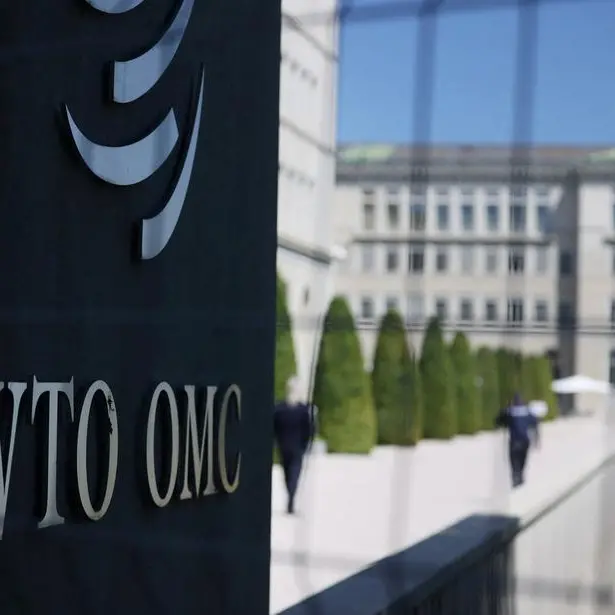PHOTO
Image used for illustrative purpose.
Sunday, Jan 08, 2017
Dubai: Debt issuance from the GCC is expected to surge in 2017 with sovereign issuers leading while conventional bonds outstripping sukuk both in terms of amounts raised and number of issues, according to market analysts.
The decline in oil prices over the past two years has pushed GCC countries to raise capital to fund the expected budget deficits in the near term as the surpluses accumulated over the past decade or more could support future deficits for only a limited period of time.
“On the positive side, most of the regional oil exporters have adequate credit quality enabling them to comfortably raise debt in the international market. This is particularly the case with the GCC countries with almost all of the economies continuing to boast investment grade ratings despite several downgrades by rating agencies over the past 18 months,” said Faisal Hasan, Head — Investment Research at Kamco.
The key drivers to bond issuances in the GCC during 2016, which more than doubled to $66.5 billion (Dh244.5 billion), was primarily the sovereign bond issuances by Saudi Arabia, UAE and Qatar.
Bond issuances in 2016 almost doubled from the previous year in the Middle East and North Africa (Mena) primarily on the back of new sovereign issues by GCC countries that were aimed at plugging the budget deficit.
Saudi Arabia’s first international bond issuance valued at $17.5 billion in October last year was the biggest recorded emerging market bond, far outpacing the previous record of Qatar’s $9 billion sovereign bonds issued in May 2016.
There were speculations that Kuwait would raise funds through a debt issuance in late 2016. However, the significant size of Saudi Arabia’s bond made Kuwait and other regional economies take a pause to see the market reception of this jumbo offering. Moreover, after the successful issuance by the Kingdom that even saw an increase in total size from $15 billion targeted to $17.5 billion actually raised, Saudi Arabia has indicated further bond issuances in the near term and the Kingdom has a target debt-to- GDP ratio of 30 per cent by 2020 as compared to 13.2 per cent for 2016, based on preliminary data.
“Prospects for region’s bond issuances in 2017 appear bright based on further funding requirement in the region by sovereigns and corporates as well as rising interest rates that would make bank lending costlier. Moreover, as the economic growth is estimated to pick up, spending by corporates on M&A and capital projects is expected to also grow that would have a direct impact on fixed income issuances,” Junaid Ansari, Assistant Vice President at Kamco.
In terms of sector split, government still accounts for the bulk of total bond offering in the MENA region accounting for 69 per cent of the total yearly issuances as against 64 per cent for 2015.
Banking sector contribution to bond issuance witnessed a steep decline from 22 per cent in 2015 to 15 per cent in 2016, although the size of the total offering increased by 36 per cent $11.7 billion. “Majority of the issuances by banks in the region were primarily to meet the capital requirement for the Basel III. For 2017, we expect another wave of bond issuance by regional banks that are still to meet the requirements of the new standard,” said Hasan.
Many investors (notably in Asia, but also in the US and Europe, where interest rates are low) have been willing to increase their exposure to GCC sovereigns and banks, due to the high credit ratings and good yields, and this is set to continue as they both issue according to Fitch Ratings.
“Basel III implications for liquidity are fairly significant in GCC countries as banks have a substantial contractual maturity mismatch between medium-term lending and very short-term customer deposits. Some banks have started to issue longer-tenor debt to reduce this mismatch, but this remains limited,” Redmond Ramsdale, Senior Director, Financial Institutions at Fitch Ratings.
On the downside, banks continue to be well-funded with strong balance sheet. More, customer deposits remain significant and a relatively cheap source of funds for banks. Issuances to meet regulatory capital requirements is expected to be the key driver for banks to tap the bond market.
By Babu Das Augustine Banking Editor
Gulf News 2017. All rights reserved.























